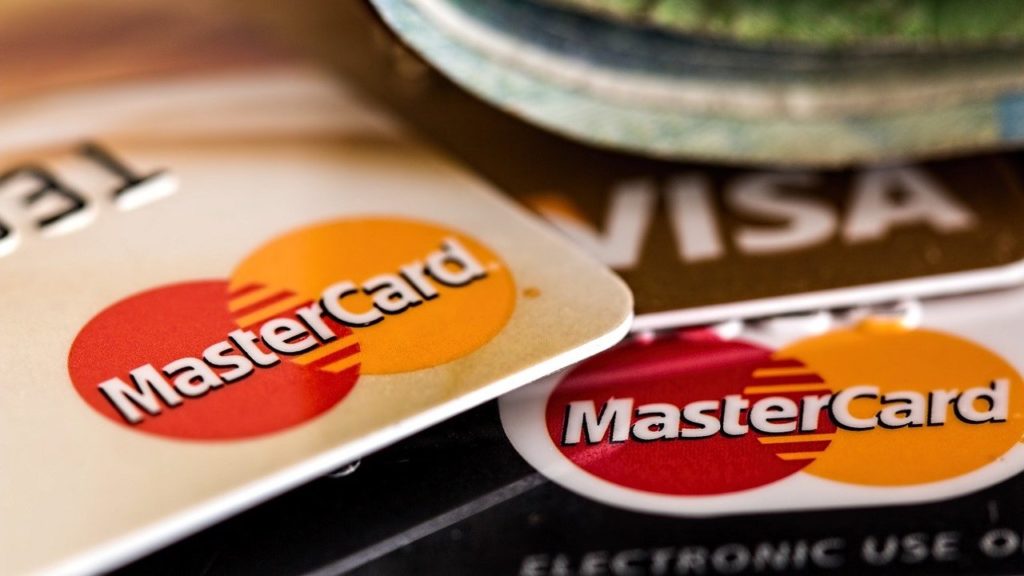by Peter Schiff, Schiff Gold:

After household debt grew by the largest amount since 2007 in the third quarter, American consumers kicked off the fourth quarter by piling on even more debt.
Consumer debt grew by another $27 billion in October, a 6.9% year-on-year increase. Americans now owe $4.73 trillion in consumer debt, according to the latest data released by the Federal Reserve.
This is a big problem for the Federal Reserve as it tries to battle rising prices with interest rate hikes. The inflation that the central bank created is forcing people to go deeper into debt. Meanwhile, the inflation fight is making debt more and more expensive.
TRUTH LIVES on at https://sgtreport.tv/
The Federal Reserve consumer debt figures include credit card debt, student loans, and auto loans, but do not factor in mortgage debt. When you include mortgages, US consumers are buried under more than $16.5 trillion in debt.
The growth in consumer debt in October was slightly faster than the 6.6% increase in September. The growth of consumer debt has cooled a bit from its blistering rate in August, but as one analyst told CNN, “In normal economic times, that would be a huge jump.”
Analysts continue to insist that American consumers are “healthy” because they continue to spend money despite rising prices caused by inflation. But nobody ever seems to question how Americans continue to spend.
The answer is credit cards.
On an annual basis, real average hourly earnings decreased by 2.8% from October 2021 to October 2022 (seasonally adjusted). It was the 19th consecutive month of declining real wages on an annual basis. To make ends meet, Americans are turning to Mastercard, Visa and Discover.
Revolving credit, primarily reflecting credit card debt, rose by another $10.1 billion in October. With that 10.4% annual increase, Americans now owe just over $1.17 trillion in credit card debt.
To put the increase into perspective, the annual increase in 2019, prior to the pandemic, was 3.6%. It’s pretty clear that with stimulus money long gone, Americans have turned to plastic in order to make ends meet as prices continue to skyrocket.
Meanwhile, average credit card interest rates have eclipsed the record high of 17.87% set in April 2019. The average annual percentage rates (APR) currently stand at 19.4%. That’s up from 19.04% just a month ago.
NBC News reveals just how much rising interest rates are costing indebted consumers.
Bankrate data shows it would take 16 years for someone to pay off the current average credit card balance of $5,474 by making the minimum payments at 19.2%. At that point, they would have shelled out $7,365 in interest alone.”
Non-revolving credit, including auto loans and student loans, rose by $17 billion, a 5.8% annual increase. That was in line with September’s increase. Total non-revolving credit now stands at $3.56 trillion.
It’s pretty clear that Americans are laboring under the growing debt load, along with rising prices. According to a recent report by LendingTree, 32% of Americans have paid a bill late in the past six months, and 61% said it was because they didn’t have the money on hand to cover the cost.
The bottom line is that Americans continue to borrow at an excessive rate because they don’t have any other way to make ends meet. People don’t run up their Visa balance month after month to buy groceries when they are in “very strong” financial shape. The stimulus checks are long gone. Savings are being depleted. The average person has no choice but to pull out the plastic. Of course, this is not a sustainable trajectory. A credit card has this inconvenient thing called a limit.



